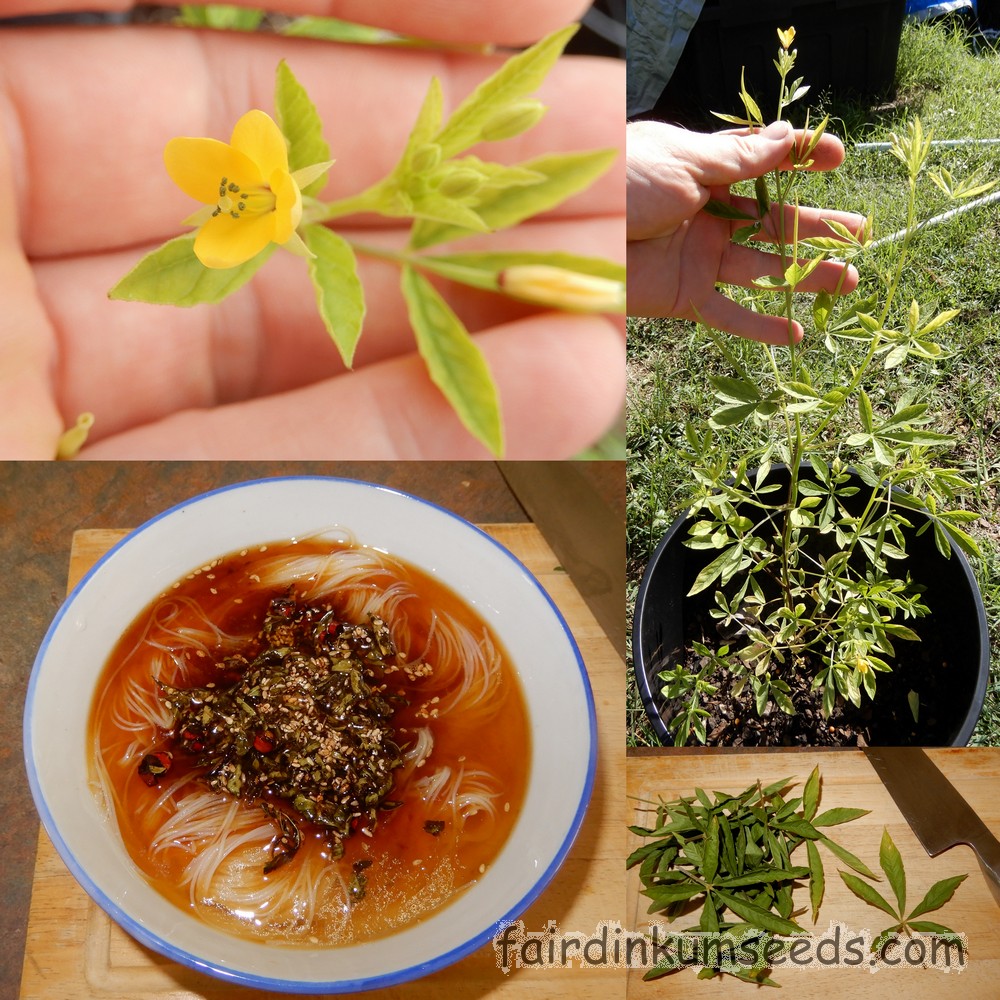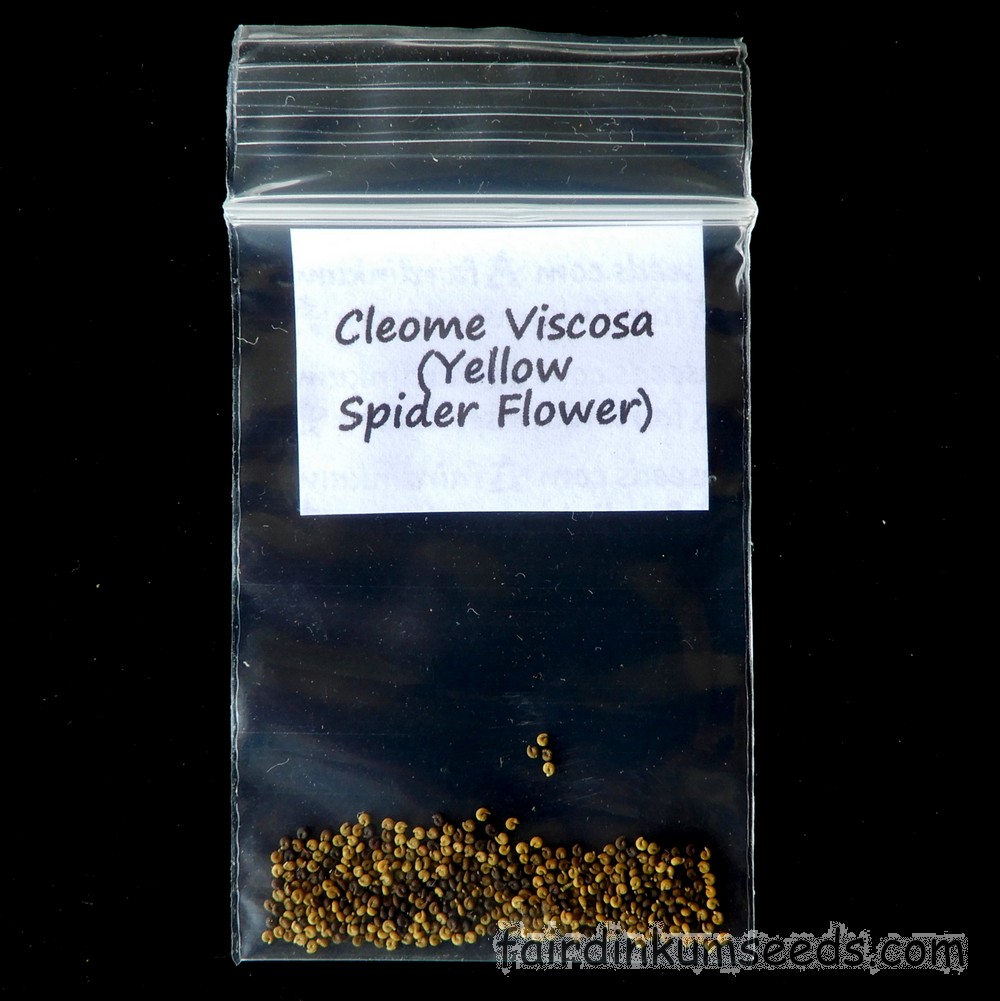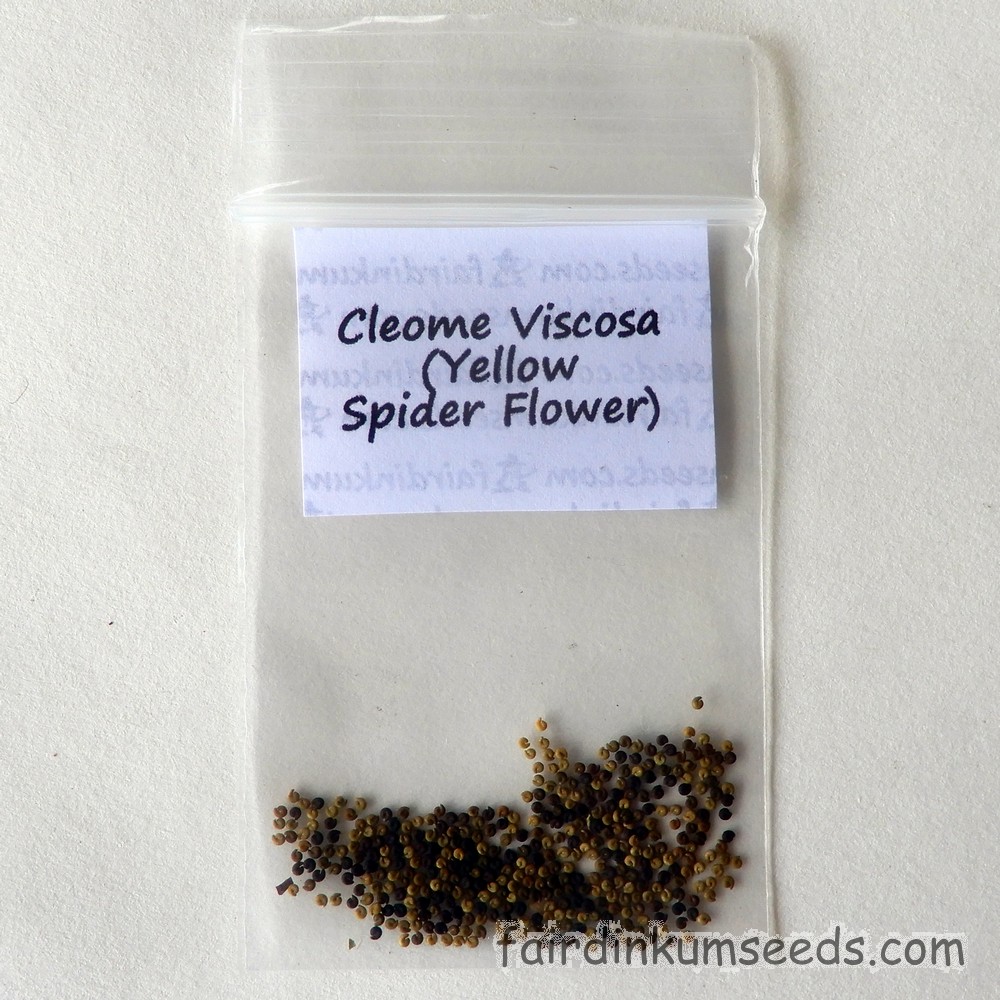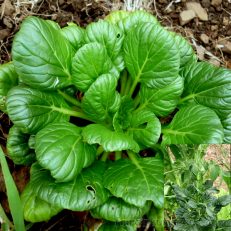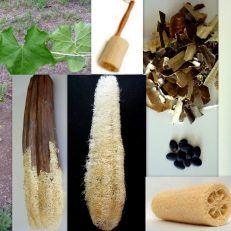Please read text!
Yellow Spider Flower Cleome Viscosa Seeds
Packet of 100+ home grown seeds!
This pretty little Australian native was traditionally used by the Aborigines to relieve headaches.
It also has a history of use for joint pain and inflammation.
Applied topically to the affected area it is used the same way Capsaicin(the hot part of chillies) is more commonly used today.
The seeds and to a much lesser extent the leaves have a spicy hot mustard-like flavour to them.
The same way these spicy chemicals interfere and activate the pain sensors and taste buds in your mouth, they also activate and interfere with the pain receptors in your skin.
That’s the theory anyway, makes the area feel hot, increases blood flow, decreases inflammation, and many folks all around the world swear by it.
Meant to kill intestinal worms too and lots of folks overseas encourage its growth for chicken and poultry forage to prevent parasitic infestations.
It is also packed into bulk dry grains to prevent weevils while in storage.
Me personally I just use it as a pot herb, especially with rice noodles, and of course as an ornamental.
You can press the seeds for oil, or use them in dry curries and marinades for the mustardy heat they bring.
The pickled whole green pods make a great garnish on rice or noodles, and the leaf can be fried with chillies and sesame to make a simple rice noodle soup like in the picture.
That’s how I normally eat it, bloody delicious and costs bugger all.
Bees love it and it looks really pretty.
This Aussie native is found all through Queensland, New South Wales, South Australia, Western Australia and even the Northern Territory and despite this it’s often known as Asian spider flower.
Also known as adityabhakta, ankakanta, brede puante, dog mustard, herbe puante, holud hurhuri, jakhya, sticky cleome,tick-weed, tick weed, wild mustard, yellow spider flower, yellow spider weed and the synonyms of Arivela viscosa, Cleome acutifolia, Cleome icosandra, Polanisia icosandra, Polanisia microphylla, Polanisia viscosa, Polanisia viscosa var. viscosa, and Sinapistrum viscosum.
Grows on a large scale in most of Asia, India, Bangladesh, Pakistan and Africa, and pretty much everywhere but here it is used as a food crop.
I reckon that should change as it grows easily, is super hardy and productive, has natural insecticidal effects, its native and very well suited to a huge area, and the native bees love it!
Grown by me and the Mrs organically, no chems, no nasties, no problems!!!
